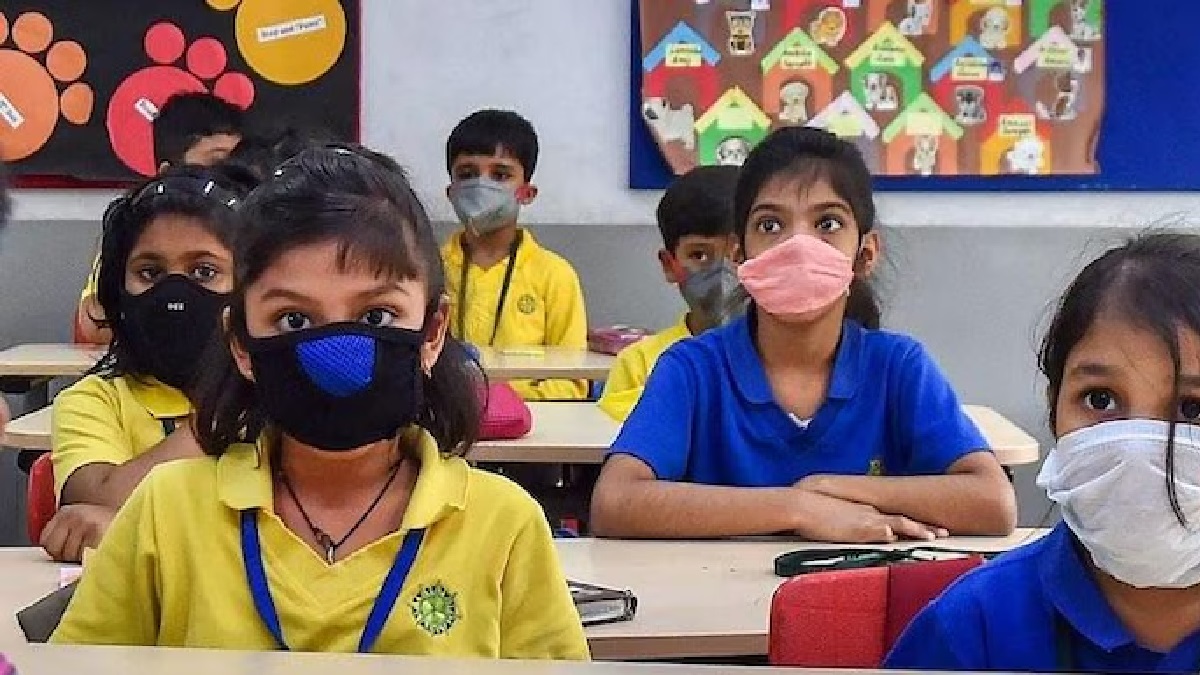 |
|
The ongoing air pollution crisis in Delhi-NCR has significantly impacted the educational landscape, leading to a complex interplay between public health concerns and the right to education. The Supreme Court of India, deeply concerned about the disruption to students' lives and learning, intervened, prompting the Commission for Air Quality Management (CAQM) to issue an order mandating a hybrid learning model for schools in the region. This decision reflects a delicate balancing act between mitigating the health risks associated with severe air pollution and ensuring that students continue their education without significant interruption. The hybrid model, encompassing both online and physical classes, offers a degree of flexibility to address the varying circumstances of students and their families. The court's intervention underscores the urgency of the situation and the paramount importance of safeguarding children's well-being and educational opportunities.
The Supreme Court's directive to the CAQM stemmed from a hearing where the gravity of the situation was brought into sharp relief. The court acknowledged that many students rely on mid-day meals provided at schools, a crucial source of nutrition for those facing economic hardship. The closure of schools due to poor air quality deprived these students of a vital component of their daily sustenance. Further, the court recognized that many students lacked the resources and technological infrastructure to participate effectively in online learning, highlighting a significant digital divide that exacerbated the educational inequalities already present. The lack of air purifiers in many homes meant that the air quality at home was not necessarily significantly better than outdoors, rendering the closure of schools a measure with limited practical benefit for a large segment of the student population. The court's emphasis on these points underscored the need for a more comprehensive and equitable approach to addressing the educational challenges posed by the air pollution crisis.
The CAQM's subsequent order to implement a hybrid learning model represents a direct response to the Supreme Court's concerns. The order stipulates that schools must offer both online and physical classes, providing students and their guardians with the choice to select the most suitable learning format based on their circumstances and capabilities. This flexible approach aims to balance the health risks associated with physical attendance during periods of poor air quality with the need to ensure continued access to education. The court's action against the Delhi government and Delhi Police for their perceived lack of earnest effort in implementing air pollution control measures highlights the broader systemic challenges involved in tackling the air quality crisis. The court's decision to initiate action under Section 14 of the CAQM Act 2021 underscores the seriousness with which the issue of enforcement is viewed. This multifaceted approach, encompassing both immediate solutions for education and long-term commitments to air quality improvement, showcases a concerted effort to address this critical issue effectively.
The ongoing debate about air quality management in Delhi-NCR is a complex one, involving numerous stakeholders and factors. The arguments presented during the Supreme Court hearing highlighted the tension between the need to protect public health by reducing pollution and the right to education. While senior advocate Gopal Sankaranarayanan argued that the air quality inside homes is generally better than outdoors, senior advocate Menaka Guruswamy presented a compelling case for the vulnerability of students dependent on mid-day meals and lacking access to adequate resources for online learning. The court's refusal to relax GRAP-4 restrictions until a consistent downward trend in AQI levels is observed underscores its commitment to prioritizing public health. However, the decision to direct state governments to utilize funds from labor cess to support daily wagers impacted by the GRAP-4 restrictions acknowledges the wider socio-economic impacts of pollution control measures. This balanced approach demonstrates the court's attempt to navigate the competing interests involved.
The matter will continue to be heard by the Supreme Court, with future hearings likely to delve further into the efficacy of the hybrid learning model, the long-term effectiveness of air pollution control measures, and the overall impact on the lives and well-being of students and the broader community. The case underscores the need for collaborative efforts between government agencies, educational institutions, and civil society organizations to address the intertwined challenges of air pollution and education in Delhi-NCR. The situation serves as a stark reminder of the complex and interconnected nature of environmental issues and their far-reaching consequences for education, health, and socio-economic equity. The future of educational strategies in the face of recurring pollution episodes will likely depend on continued judicial oversight and a robust commitment to sustainable, collaborative solutions.
Source: Schools opening updates: Online or physical classes in Delhi-NCR? Air quality body issues order
